 COVID-19 Outbreak At Reno Nursing Home: Interview With
COVID-19 Outbreak At Reno Nursing Home: Interview With
With the onset of the COVID-19 pandemic, many researchers have been in the development of effective filtering mechanisms to combat SARS-CoV-2-laden aerosol transmission; however, until early May 2020, there have been no promising PPE developed to curtail such transmission.. These PPEs have been in short supply in the US during early phases of the COVID-19 pandemic, which is increasing the risk faced by health care workers HCWs who are treating patients using aerosolized medications. Despite taking appropriate precautions, HCWs are becoming infected with COVID-19.. That means COVID-19 is what scientists call aerosolized. Before, it was believed that coronavirus traveled in larger droplets released when people coughed or
Some medical procedures can produce very small droplets called aerosolized droplet nuclei or aerosols that are able to stay suspended in the air for longer periods of time. When such medical procedures are conducted on people infected with COVID-19 in health facilities, these aerosols can contain the COVID-19 virus.. COVID-19: Aerosolized particles carrying virus stay in the air longer than previously thought. The model revealed the aerosol-cloud containing COVID-19 spreads outside the immediate vicinity of the coughing person and dilutes in the process, but the dilution occurs over several minutes. Featured Neuroscience Neuroscience Videos. April 10, 2020.. Traditionally, droplets are defined as large >5 microns aqueous bodies. However, airborne or aerosolized transmission of the virus has been proposed as a source of infection almost since the inception of the COVID pandemic. By comparison to droplets, aerosolized particles are infinitesimal.
Once Covid-19 virus particles are aerosolized, they could be stable and infectious for up to 16 hours. What is the evidence for airborne spread of Covid-19 Structure of SARS-Cov-2 showing key. When it comes to COVID-19, the evidence overwhelmingly supports aerosol transmission, and there are no strong arguments against it. For example, contact tracing has. COVID-19 is a very contagious disease that poses an occupational health risk to HCWs. SARS-CoV-2 transmission is believed to occur mainly through respiratory droplets. Current guidelines recommend the use of N95 masks and goggles during AGPs when attending to COVID-19 patients because the virus may become airborne under certain conditions.
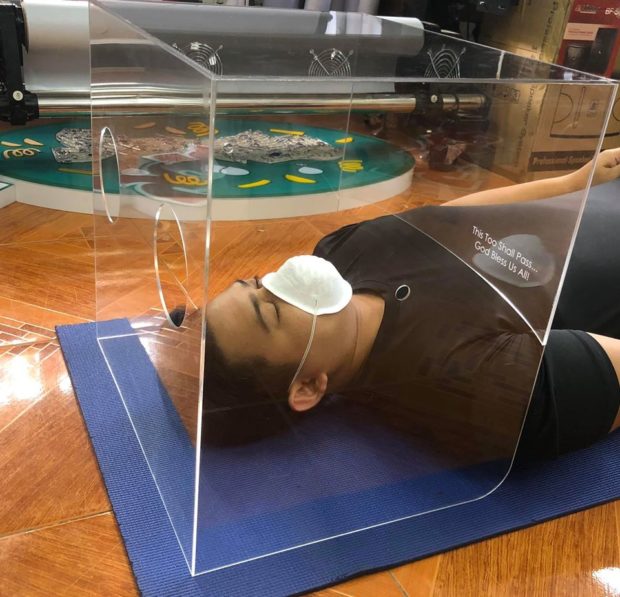 COVID-19 Special Report: A call for aerosol boxes answered
COVID-19 Special Report: A call for aerosol boxes answered
 Science highlight - COVID-19 indoors - Enviral Tech
Science highlight - COVID-19 indoors - Enviral Tech
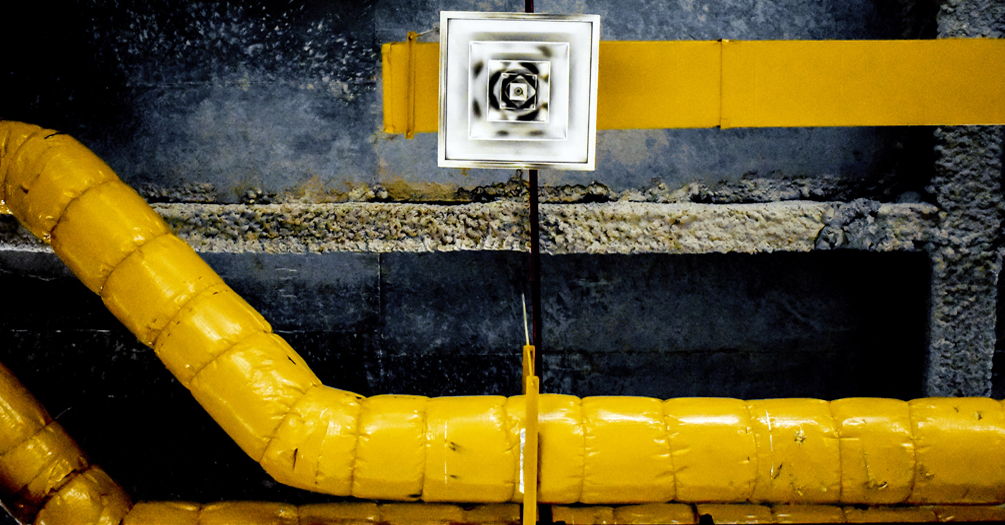 COVID-19, Aerosols, and Ventilation News Center
COVID-19, Aerosols, and Ventilation News Center
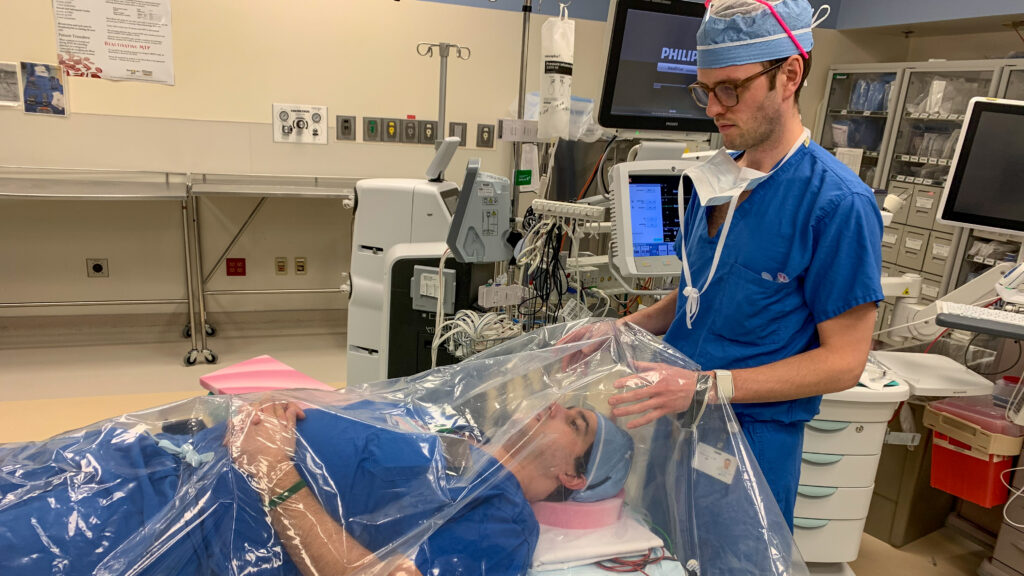 In face of COVID-19, ENT resident develops new devices
In face of COVID-19, ENT resident develops new devices
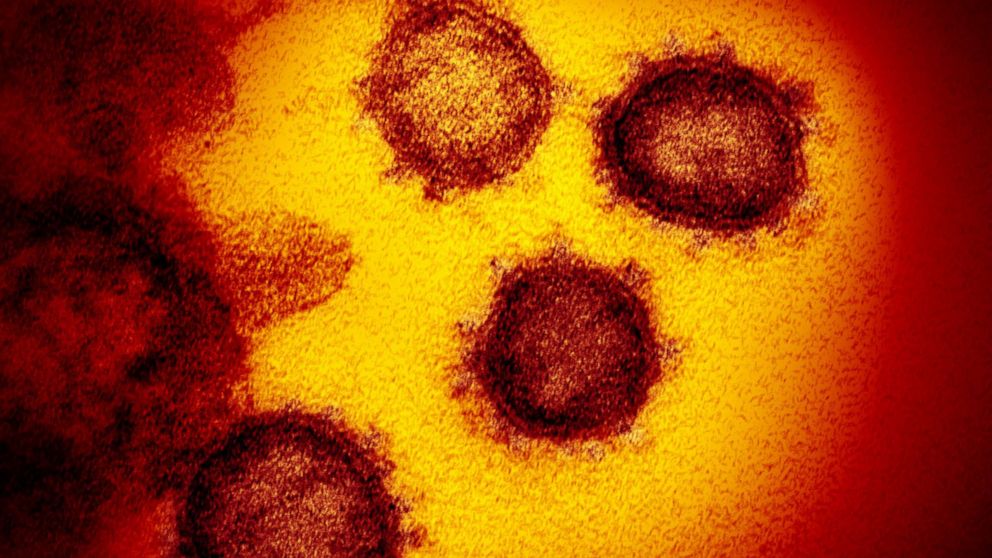 Aerosol vs. airborne vs. droplets amid COVID-19
Aerosol vs. airborne vs. droplets amid COVID-19
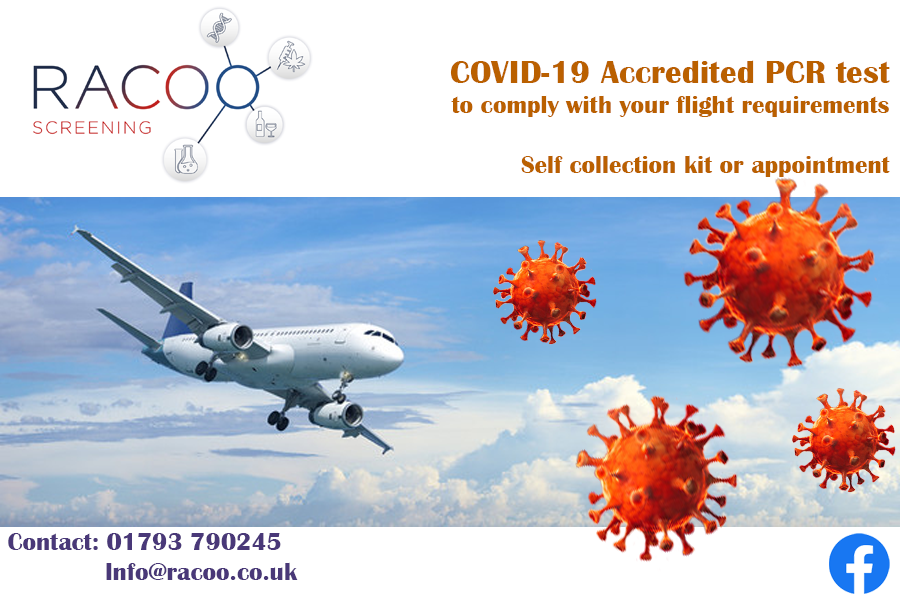 Covid-19 Coronavirus PCR test for flight requirements in
Covid-19 Coronavirus PCR test for flight requirements in
 WMU professors developing prototype to give doctors extra
WMU professors developing prototype to give doctors extra
 Latinoam rica tiene asegurada dosis de vacunas contra
Latinoam rica tiene asegurada dosis de vacunas contra
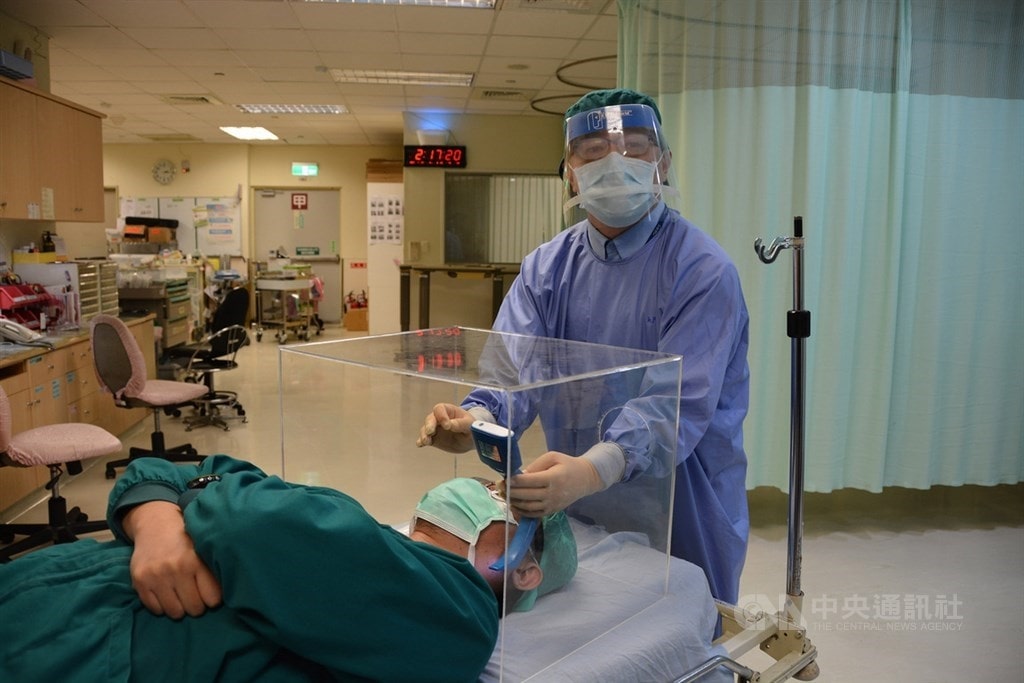 6 COVID-19 Innovations By M sians That Protect Frontline
6 COVID-19 Innovations By M sians That Protect Frontline